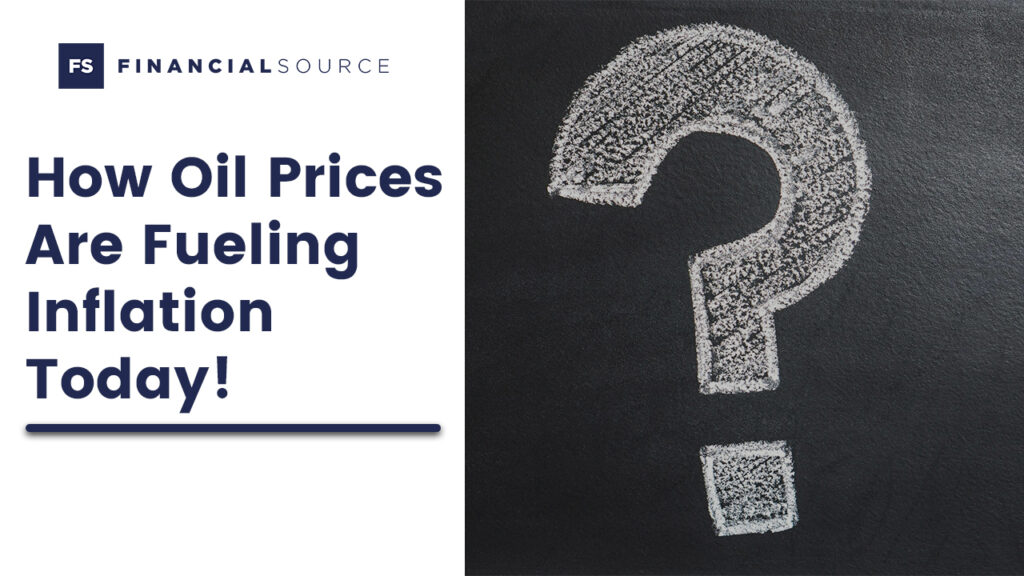How Oil Prices Are Fueling Inflation Today!

The relationship between rising oil prices and inflation is not just linear—it’s systemic. As the cost of oil rises, so too does the cost of transporting goods, manufacturing, and running entire economies. This creates a ripple effect that extends well beyond the energy markets, driving up the prices of everyday consumer goods, from groceries to electronics. The resulting inflationary pressures aren’t just theoretical—they are already being felt in the form of higher producer costs and, inevitably, higher prices passed on to consumers.
For central banks, this creates a complex dynamic. Higher oil prices translate to higher inflation, which directly impacts monetary policy decisions. With inflation already a key concern for policymakers, rising energy costs can delay rate cuts or force central banks to maintain a tighter policy stance for longer than previously anticipated. This is especially true for economies that rely heavily on energy imports, as their inflationary pressures are exacerbated by rising oil prices.
The key takeaway for traders is to watch oil price movements closely. As energy costs rise, they can become a major driver of broader inflation, influencing not just consumer prices but also the direction of central bank policy. In the current environment, where inflation remains elevated, rising oil prices are likely to reinforce a hawkish bias among central banks, particularly in the US and Europe.
For example, the Federal Reserve may be more cautious about easing monetary policy if oil prices continue to climb, as this would counteract efforts to bring inflation down to target levels. The European Central Bank (ECB) faces a similar dilemma, as rising energy prices could offset any disinflationary trends, keeping pressure on inflation even as the economy slows.
Traders should therefore consider the impact of oil on inflation and how this dynamic may affect interest rate expectations. A sustained increase in oil prices could keep central banks on edge, prolonging the current rate environment and dampening the prospects for any significant dovish pivots in the near term. The critical point here is that oil is not just a commodity—it’s a barometer for inflation, and its trajectory will continue to shape economic outcomes and monetary policy going forward.
For those trading currencies or commodities, the direction of oil prices is a key signal. Whether oil prices continue to rise or stabilize, their influence on inflation and central bank policy will remain crucial in shaping market sentiment and trading opportunities in the months ahead.